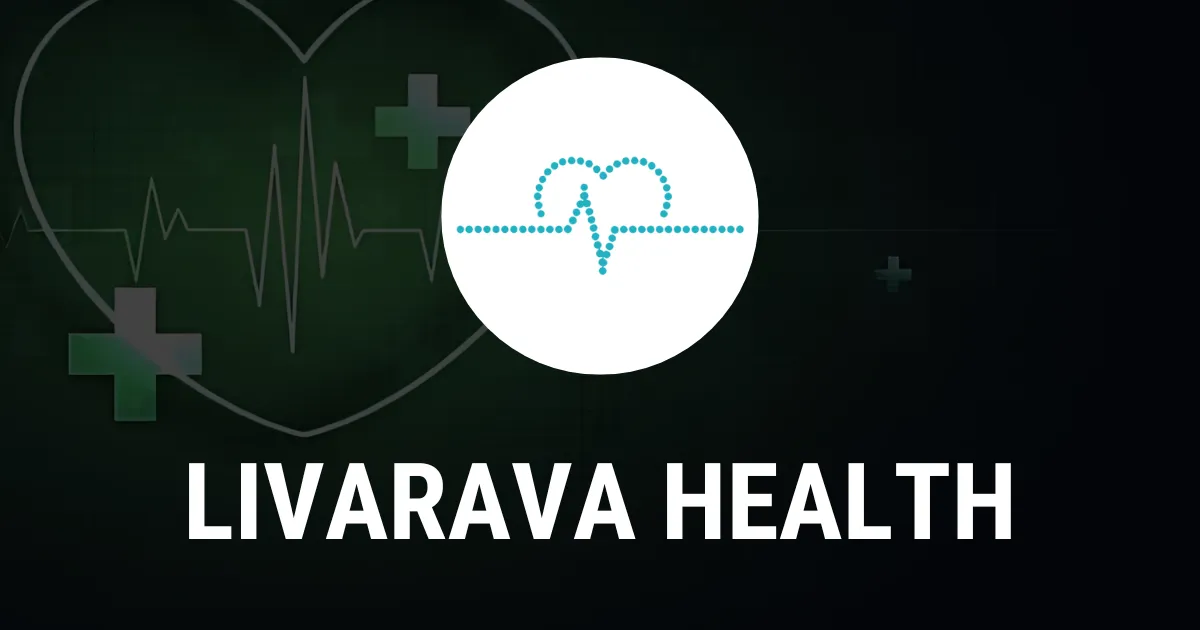AI Innovations: Exploring Brain Patterns and Behavior Connection

AI Innovations Revolutionizing Health
Recent advancements in artificial intelligence are helping us map out the complex relationships between brain patterns and human behavior. A team led by Maryam Shanechi, the Sawchuk Chair in Electrical and Computer Engineering at USC, has created a breakthrough AI model that identifies neural signatures that correlate with behavioral changes.
Key Findings in Brain-Behavior Connection
- The AI detects specific brain patterns that predict behavior changes.
- This technology could lead to better diagnosis and treatment of mental health disorders.
- In-depth analysis of brain data enhances therapeutic approaches.
Implications of AI on Mental Health Treatments
As we continue to harness AI technologies, understanding how behaviors are influenced by brain patterns could revolutionize our approach to mental health. Insights gained from this research might pave the way for personalized treatment plans that are more effective.
For further details, stay tuned as we explore more on this fascinating intersection of AI and human behavior. Visit our source for in-depth insights.
Disclaimer: The information provided on this site is for informational purposes only and is not intended as medical advice. We are not responsible for any actions taken based on the content of this site. Always consult a qualified healthcare provider for medical advice, diagnosis, and treatment. We source our news from reputable sources and provide links to the original articles. We do not endorse or assume responsibility for the accuracy of the information contained in external sources.
This article was prepared using information from open sources in accordance with the principles of Ethical Policy. The editorial team is not responsible for absolute accuracy, as it relies on data from the sources referenced.